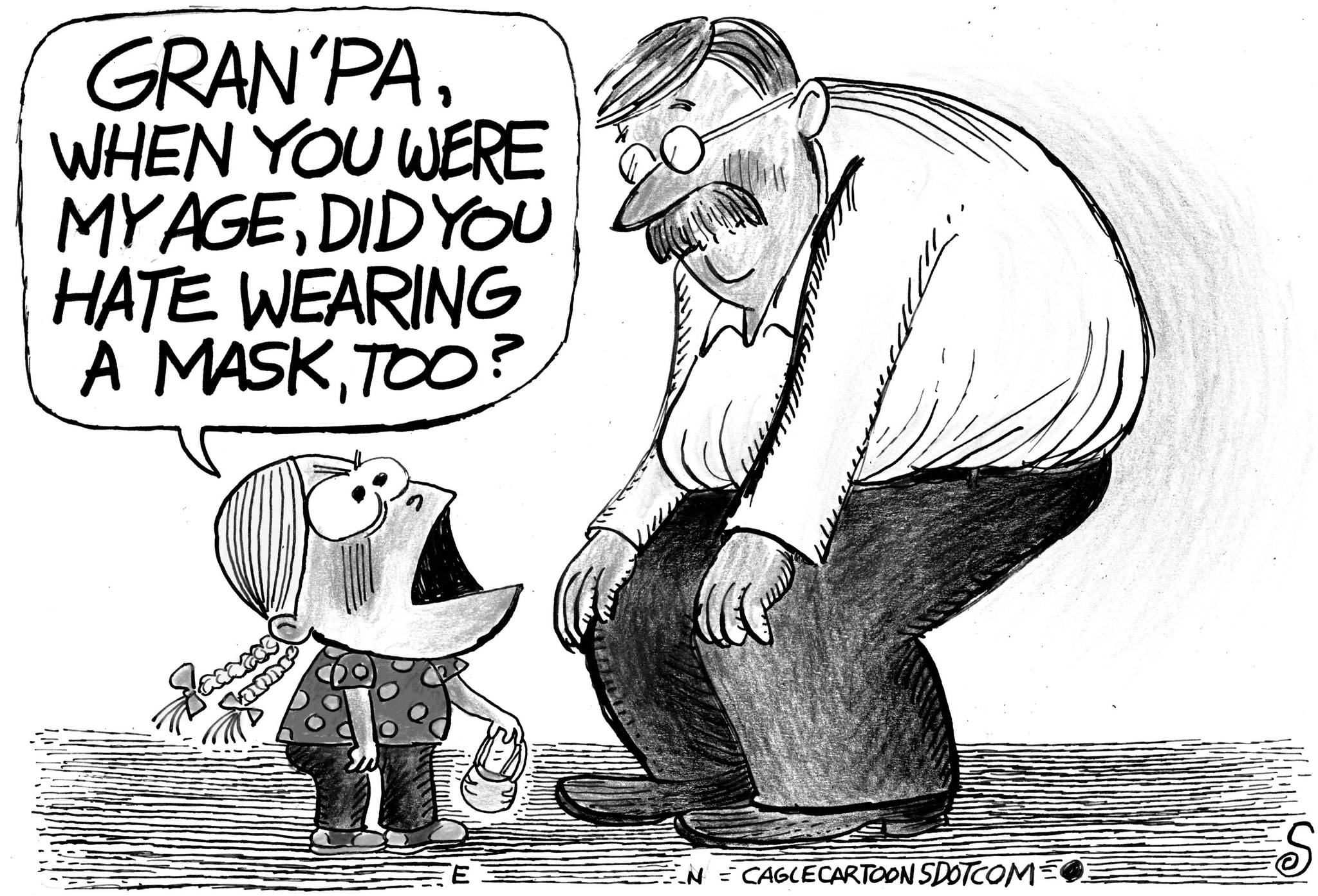Angst, confusion and mixed messages about the pandemic are taking a toll on media trust, at the worst possible time.
The pandemic is forking into a more deadly threat for the unvaccinated and a low-risk but persistent nuisance for those with shots. That’s a complicated story to tell. It’s urgent for some, less so for others, everybody’s tired of it, and opinions have hardened.
To me this affirms the critical need to sustain a diversity of local news organizations, reporting on this evolving story every day and every week.
The public needs to keep reading because the situation keeps changing and varies regionally. Also, some days’ story lines are incomplete or off the mark.
The latter was clear over the last week during an intense round of finger-wagging at media coverage of recent pandemic news, including “breakthroughs.”
Even the White House fired up, with a spokesman publicly blasting The Washington Post for “completely irresponsible” hyping of risks to the vaccinated.
Spokesman Ben Wakana also shouted at The New York Times on Twitter that ” … YOU’RE DOING IT WRONG.”
Feedback, learning and improvement are all good and should make the next days’ stories better.
But others may see missteps, and stories reflecting sometimes mixed messages from public officials, as yet another reason to distrust the media.
Unfortunately, this comes as the press is finally close to getting federal support to stop the death spiral that’s left thousands of communities with no local news source.
A remaining impediment to the Local Media Sustainability Act, offering tax credits to households subscribing to newspapers and publishers employing local journalists, is media skepticism among members of Congress who don’t see value in saving the press.
They may sadly find support in a separate New York Times story this week, stating that “local media spreads misinformation” about vaccines.
The story’s lead example is a fringe website in Arizona. That’s a bizarre choice to represent “local media,” which the story describes as the roughly 7,100 local newspapers that remain across the U.S. and thousands of local TV and radio stations.
There’s no doubt false and misleading information about the pandemic has appeared in all manner of media. The story also cites analyst and publisher Ken Doctor, noting that as the industry struggles, some outlets have unknowingly run vaccine misinformation because they have fewer employees or less oversight.
But just like pandemic news, it’s complicated and demands context.
A surge of hospitalizations in a busy beach town and Delta transmission rates don’t negate the fact that serious illness and death are extremely rare among the vaccinated. Without that context, stories may be misleading and possibly harmful.
Similarly, loony stuff on sketchy websites and syndicated talk radio, and occasional appearances of someone misleading the public in a newspaper, shouldn’t impugn “local media” as peddling misinformation.
“Actually, most local news has been exceptional during the pandemic, working really hard to get out accurate information,” Rachel Moran, a University of Washington misinformation researcher, told me.
I called Moran to learn more because she was a source for The New York Times story. The UW’s Center for an Informed Public tracks the virality of misinformation on all sorts of media, including websites named in the story.
“A lot of them are sort of pseudo local news sites,” Moran said. “They’re pay for play that pretend to be locally based, that are spreading misinformation under the guise of local news or opinion pieces.”
This seems to demand clarity about what’s a local news outlet. That’s especially needed as faux news sites, or advocacy sites masquerading as objective news, fill voids created by lost and shrunken newspapers.
But while such definitions are important to the country’s media literacy and decisions about whether to save the local free press, they’re not as critical to Moran’s research. It looks at misinformation people get from all manner of sources.
“On the one hand, we need proper definition around who gets to be credibly called a local outlet,” Moran said. “On the other hand, there are these news sites that look like a news site and are read like a news site … unfortunately people are reading them as local news.”
Some people pick up The National Enquirer, others The New York Times or a local paper.
That’s their choice. But it’s all the more reason to be sure legitimate, local news organizations survive and can compete in investing in journalism and standards that build trust and readership.


